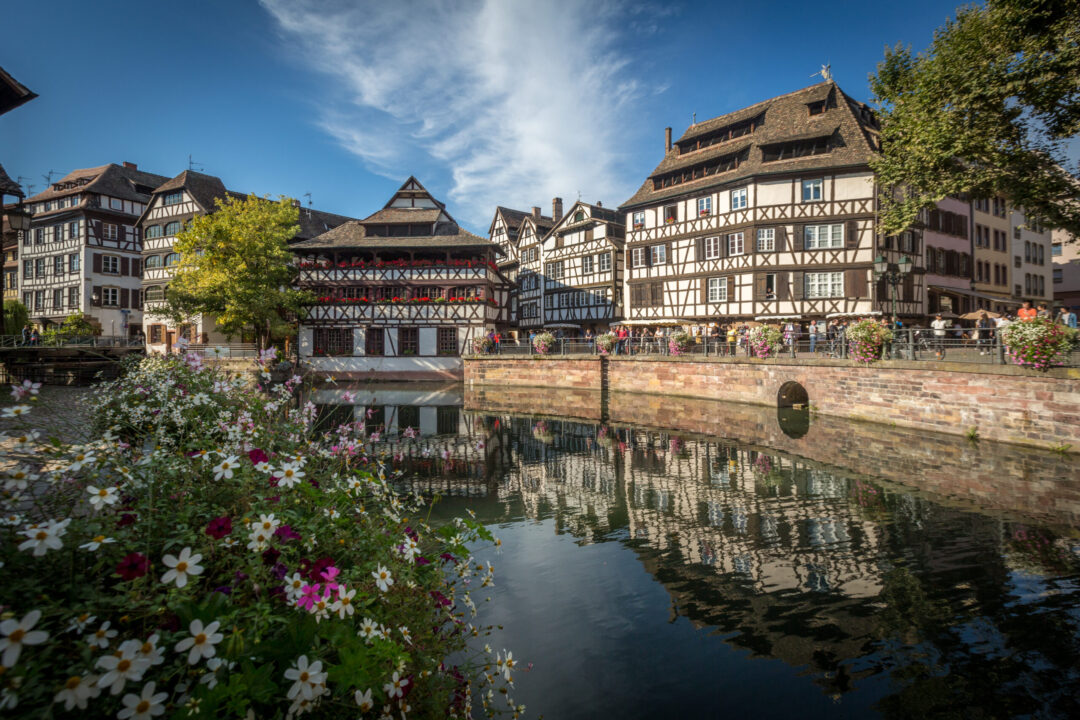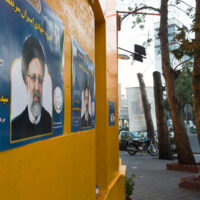Belgium (Brussels Morning Newspaper) Many may be familiar with the European Parliament’s regular commute to the fine city of Strasbourg.
It’s a long-held tradition, designed to underline the reconciliation that, in essence, created the EU in the first place. But, with Europe in the midst of a winter energy crisis, there have been fresh demands to at least pause the monthly trek between the chamber’s two seats in Brussels and Strasbourg to conserve resources.
The 2-seat arrangement has attracted bucket loads of criticism but what is rarely reported anywhere near as much is Strasbourg’s relative economic dependence on this long-standing split-site arrangement.

A whole raft of businesses, from taxis and hotels to restaurants lean heavily on parliament’s presence there 12 times per year.
What also tends to go unnoticed by many of the Eurocrats who make the journey to Alsace for EU business is that Strasbourg really is one of Europe’s finest cities.
Many even confess to never even leaving the confines of the Parliament’s sprawling building to discover the wonderful city on their doorstep.
If so, that is a huge shame because Strasbourg really does have a lot to offer.
A tour of the Parliament itself is, actually, one of the bucket list “must do’s” for visitors. A self-guided tour, lasting about 60 minutes, takes you into parts of this institution that many are blissfully unaware of.
The tours include the parliamentary debating chamber, an unrivalled opportunity to soak up the unique atmosphere of what is billed as the world’s largest transnational parliament. Visits also include the Parlamentarium Simone Veil, an interactive exhibition that aims to give citizens of all ages a practical insight into the role of the European Parliament, its political groups and the work of MEPs.
Nearby is the European Court of Human Rights but, of course, there is much, much more to this city than the EU.
Among the many ways to explore Strasbourg is on the water and, for an original tour of the city itself, there are boat rides, a great way to get a different perspective of the historical and heritage treasures of this European capital.
At least a couple of districts are particularly worthy of mention, Petite France and Neustadt.
The former, which used to be the millers and tanners district, is the most picturesque part of the old town with its narrow roads and half-timbered houses. At the edges of Petite France are the “Ponts Couverts” (the Covered Bridges) which have kept the name despite the fact that their roofs disappeared during the 18th century.
Here you will find the Vauban Dam, also known as the Great Lock because it made it possible to flood the entire southern edge of the city when needed.

The Neustadt district, though, is rather more recent, a fascinating urban creation composed of large open squares and tree-embellished avenues. In June 2017 it was even inscribed on the World Heritage List.
Of course, no visit here is complete without having a look at the city’s Cathedral, the highest monument in Christendom until the 19th century.
An undisputed, centuries-old symbol of the city, one of the many unique features of the Cathedral is its magnificent rose window, measuring 14 metres in diameter and still one of the largest rose windows in Europe.
For culture vultures, and also worthy of mention, is the 5e Lieu, a unique place where you can (re)discover Strasbourg through its heritage, architecture and cultural life. In a space of more than 1,000 sq. metres, the 5e Lieu offers an area dedicated to promoting cultural events and activities and boasts a rich 150,000-strong collection 150,000.
The Alsatian Museum, also recommended and in the shadow of the Cathedral, was founded in 1902 with the aim of underpinning the region’s identity against attempts at Germanisation. Located in 3 former houses in Strasbourg, linked by a maze of stairways and connecting passages, the museum displays over 5,000 artefacts witnessing the daily life of Alsatians in the 18th and 19th centuries.
After all that traipsing around – and the rich array of excellent shopping here is also a highlight on any visit – you may well have worked up quite an appetite and a great place to sate any hunger is Restaurant Les Chauvins, a wonderful attempt to fuse the best traditions of Alsace cuisine with modern-day tastes.
Nestled in the heart of the city’s historic district of Strasbourg, again near the Cathedral, this place boasts a modern and warm setting and serves original and excellent Alsace cuisine.
It is presented, not as chunks of fatty meat on a plate, but in the rather more refined and healthy style of (cold and hot) tapas, mostly all made with locally-sourced Alsace products/ingredients and, importantly for the local economy, from local producers in the region.
The idea is to share and there’s plenty to choose from, ranging from foie gras, rillettes and a selection of charcuterie and cheese to trout maki. The equally tasty hot tapas also feature some Alsace classics but, crucially, likewise are given a modern and inventive twist. The owner Yannick Bangratz (a former 2-star Michelin chef who was raised on a farm) and his son Quentin opened this fine eatery five years ago having been inspired by the thought of offering traditional Alsatian cuisine but done in a way that might broaden its appeal. Yannick oversees operations in the kitchen while Quentin is responsible for front-of-house.
On the menu there is an assortment of dishes, often “revisited”, such as hot dogs, mini burgers, mushrooms with snails, boudin and quiche – all representative of the redoubtable gastronomy of the beautiful Alsatian region. The owner constantly checks the authenticity of his products, often sourced from organic farming.
This fine resto, which can seat up to 50, also has a well-stocked Alsace wine list with classics, grand crus and créments.
By placing its trust in local producers (it even serves locally produced gin and whisky) Yannick also seeks to promote sustainable and responsible consumption. The place is very often full all year round (MEPs and EU staff are among its client base when parliament is in town) and it is easy to see why.
With New York and Geneva, Strasbourg is one of only three capitals in the world to host international institutions without being a national capital.
It’s bigger than you might think and, to it justice, you really do need at least one overnight stay. If so, a “blooming” grand place to rest after a day’s sightseeing is Hotel Roses.
Located in a traditional old building, this classic Alsace family-run hotel is a 10-minute walk from the cathedral and a 13-minute walk from Jardin botanique de l’Université de Strasbourg (botanical gardens). The lovely, soundproofed rooms and suites are individually styled (each with its own name) and come with a minibar, TV and free Wi-Fi. Some have flat screens and street views, while its top floor suite boasts exposed beams and a kitchenette.
A breakfast buffet is available and there’s also a bar and a sauna, plus a common room with a piano. Noted for the friendliness of the staff, it is also ideally situated for those who don’t want to travel far to get to all the many sights of this city.
Before you leave, other places of interest worth a visit include the rooms of the Aubette 1928, a listed historic monument, located on the ever-bustling main square, Place Kleber (open from Wednesday to Saturday), and the Church Saint-Pierre Le Jeune (open from noon to 6 pm daily).
Of course, some of the best pleasures in life are also the smallest and another great Strasbourg must do is sample one of its beautiful pastries and/or visit the city’s traditional boutiques.
Christmas is a seriously major event here and the Christkindelsmarik, an authentic Christmas market created as long ago as 1570 in Strasbourg, is the oldest in France.
Getting around the city is easy, not least as this Alsace capital has developed the largest tram system in France, with over 70km of lines.
Looking to the near future, the city is gearing up to host some of Europe’s top chefs after it was selected by the Michelin Guide to hosting the prestigious Michelin 2023 France star announcement ceremony.
The city has also been named the World Book Capital for 2024, further recognition of its status as an international city.
A top tip is to purchase a Strasbourg City Card which is available from the tourist office and gives discounts to tourist attractions. Also, beware if coming by car that vehicles must now display a Crit’Air sticker with failure to do so rendering you liable to a fine.
So, as can be seen, there is rather more to this wonderful city than it merely hosting MEPs and EU fonctionnaires once every month.
Those who do make the monthly parliamentary pilgrimage here but then rarely venture outside the confines of parliament’s sprawling building on the edge of the city, might take note.



